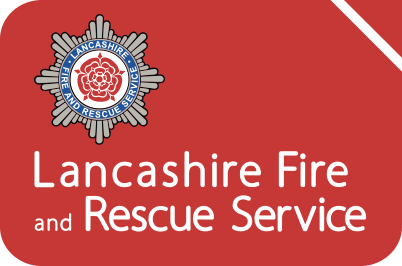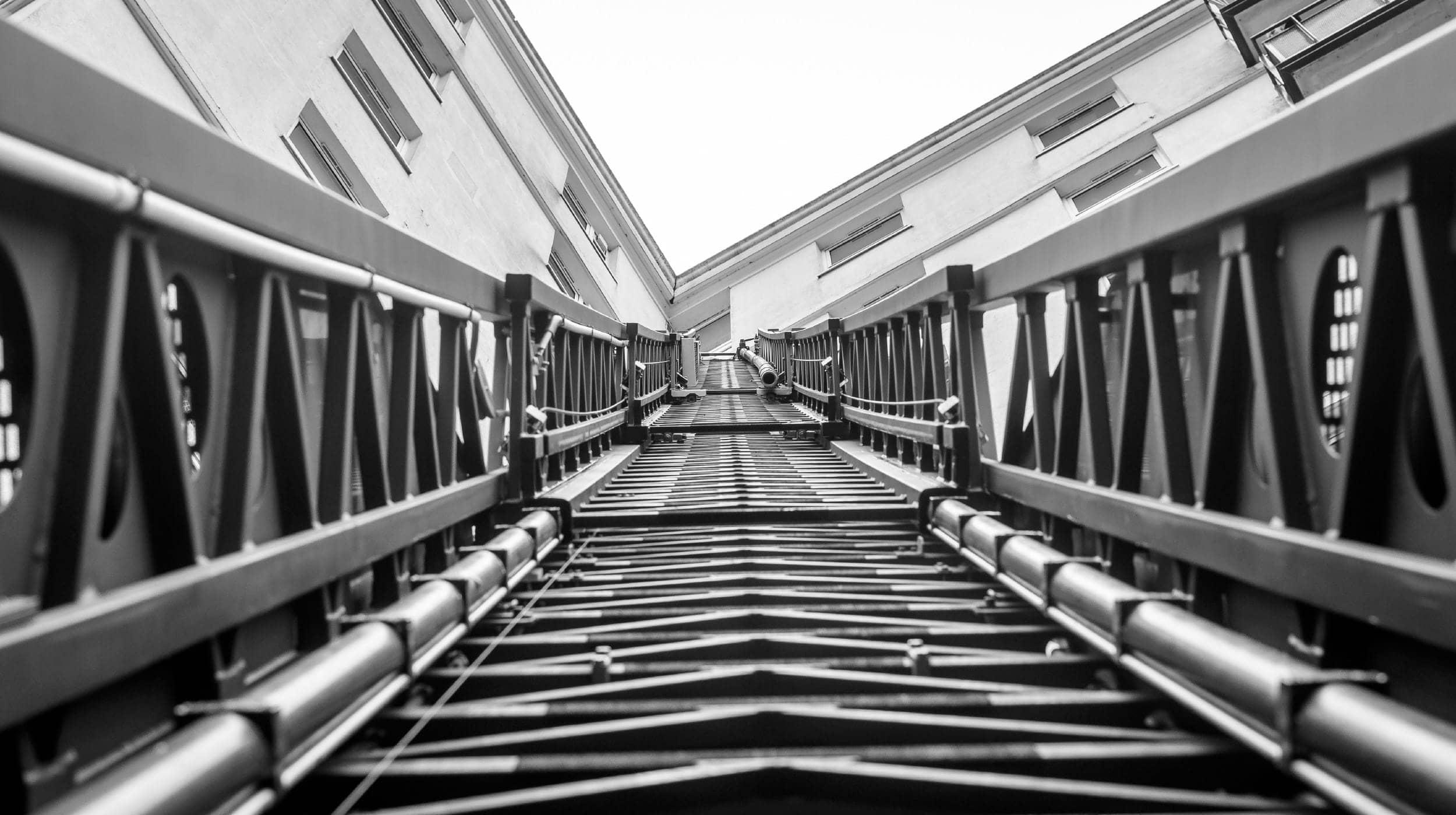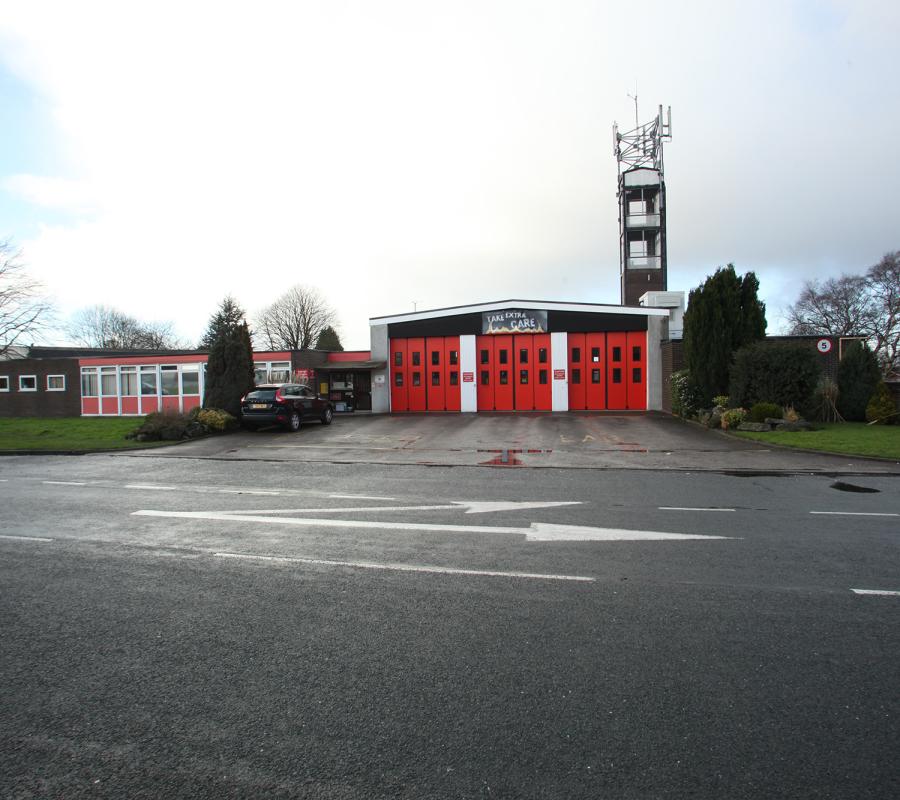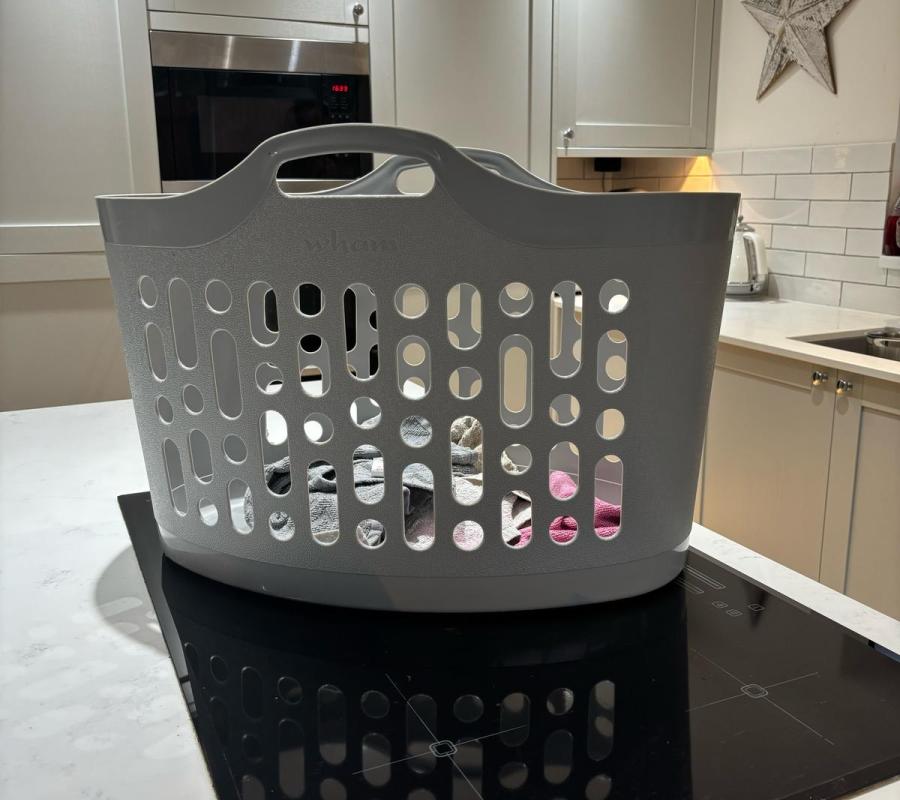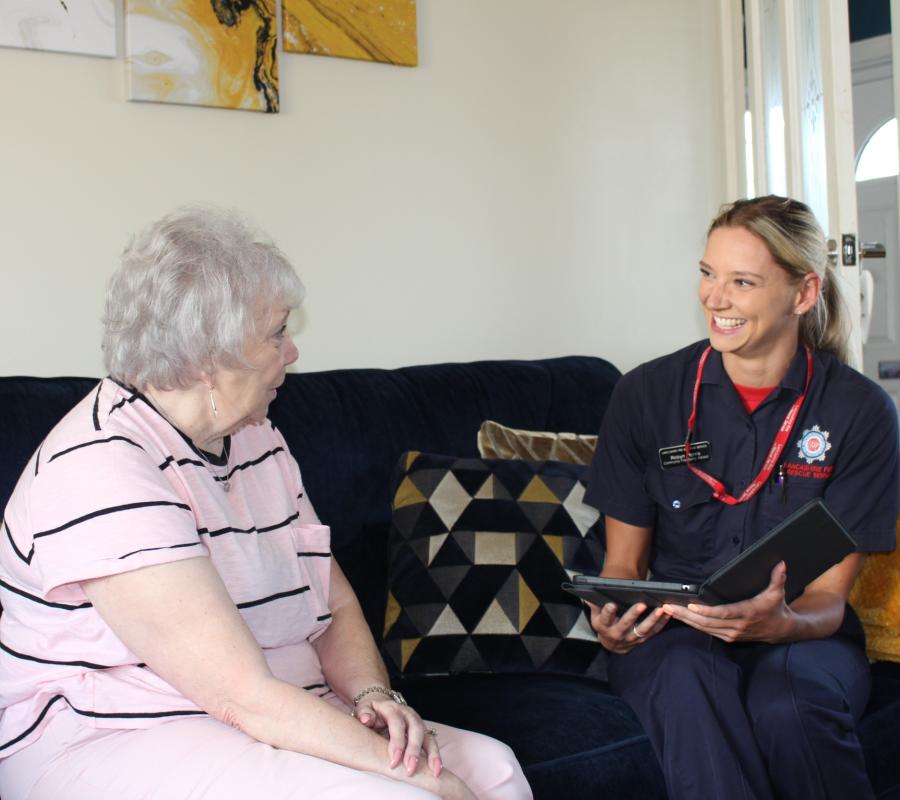Snow and Cold Weather
Keeping warm is key during the winter months but we want you to stay safe too. This page offers some top safety tips when it comes to alternative ways of heating your home.
Living in a cold home is not just uncomfortable, it can be quite hazardous too. Making sure your home stays at a temperature of around 18°C can help prevent health problems. That said, there are many reasons that someone may find themselves struggling to keep warm over winter.
Whether its paying the bills, broken equipment, complicated heating equipment, poor insulation or property in a poor state of repair or perhaps even a misconception that being cold is good for you.
